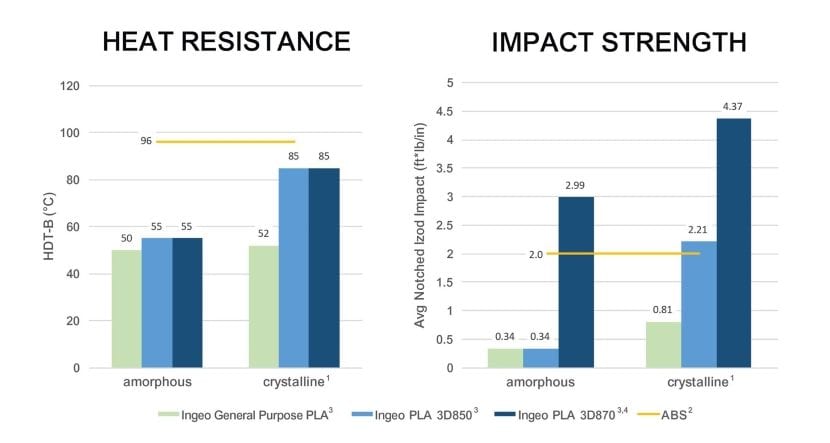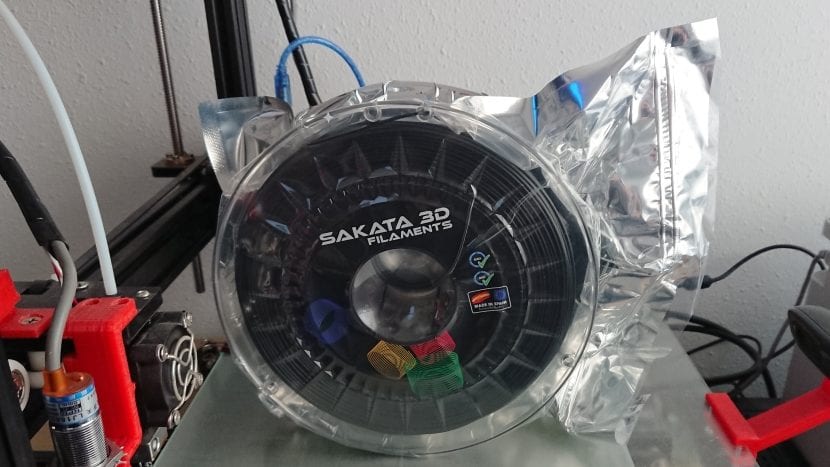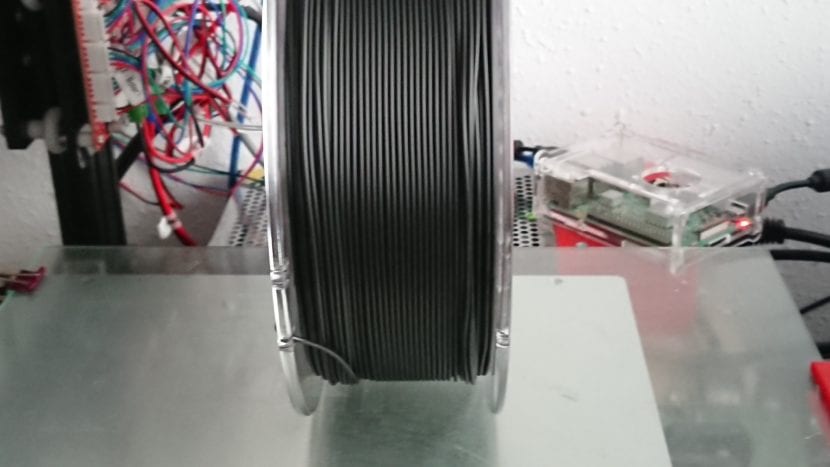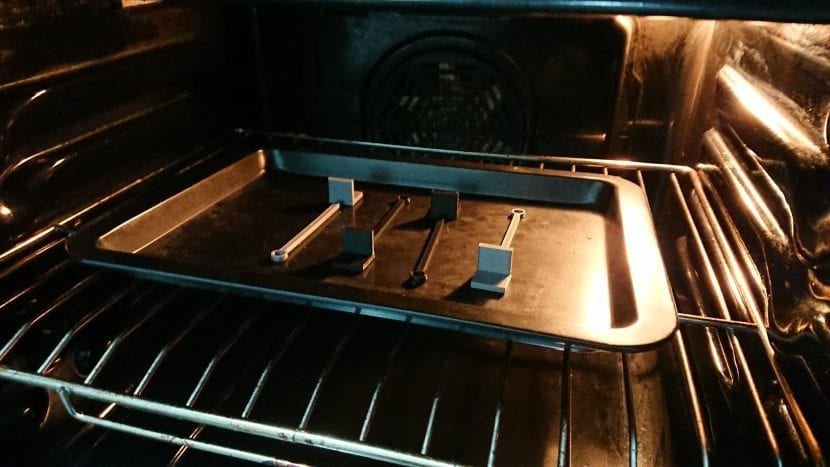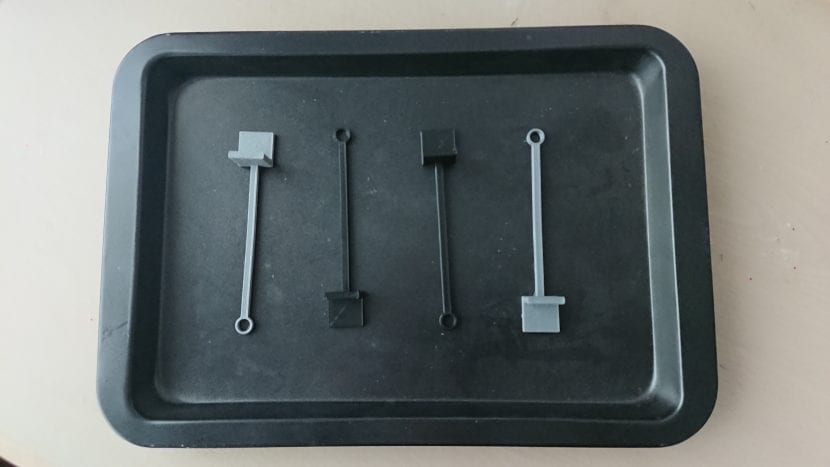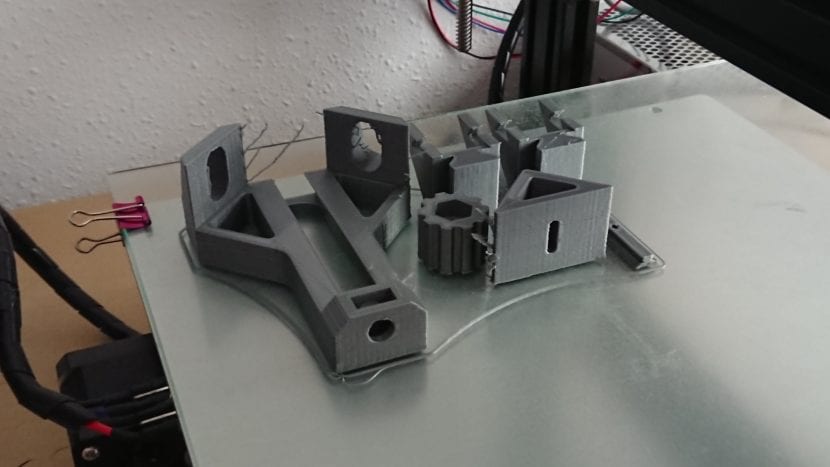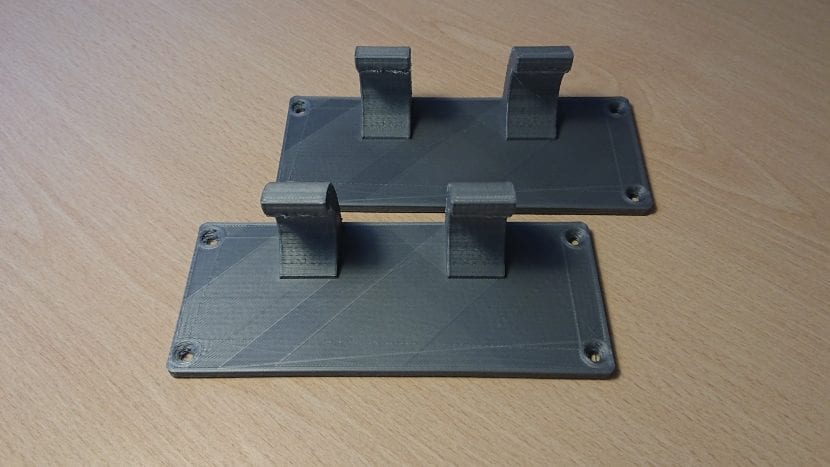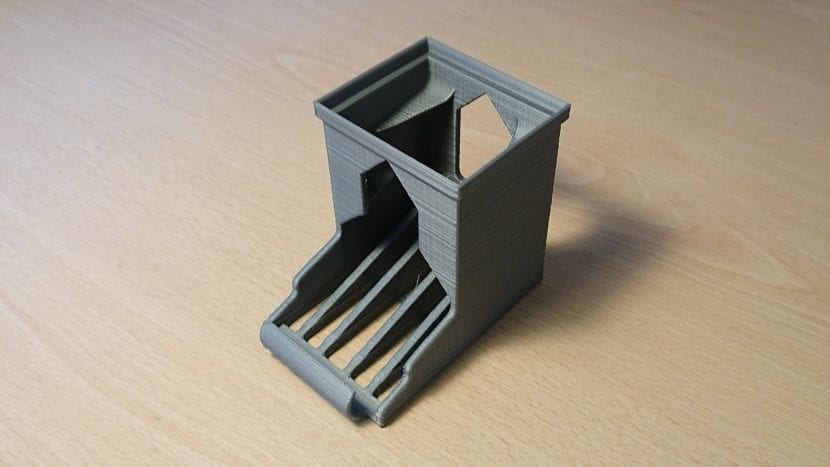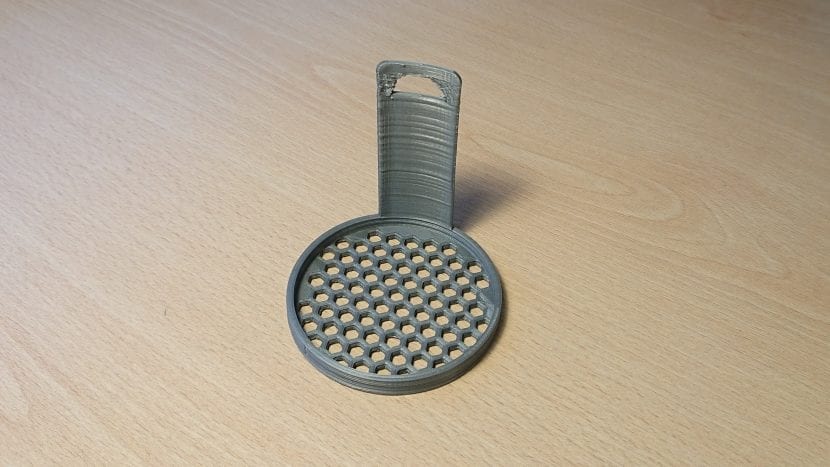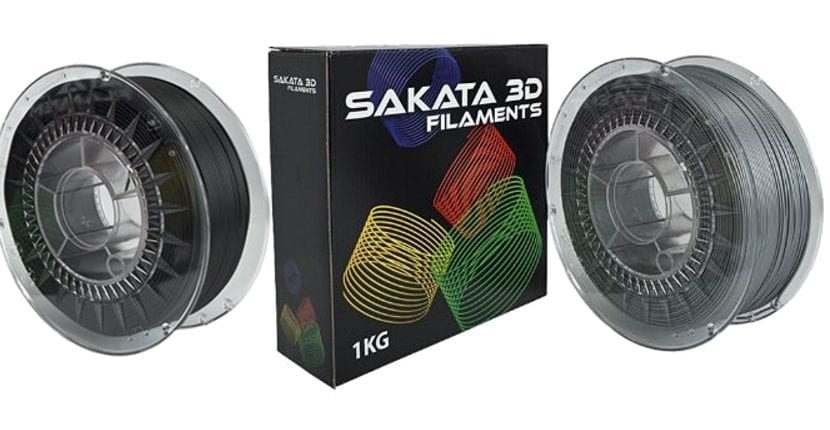
All makers find it very easy to print using PLA filament. It is a material that does not produce odors during printing, it is affordableit's biodegradable, there is a very wide variety of colors on the market and it suffers little warping problem. However, for some specific projects in which we need to produce parts with high resistance to impact and heat, this material falls short and it is necessary to resort to ABS plastic.
Fortunately, several manufacturers have released filaments that through a process of crystallization of the pieces in a furnace acquire mechanical properties similar to those of ABS. In this article we will analyze the Filaments PLA INGEO 850 and 870 from the Spanish manufacturer Sakata3D
As we already told you in a previous article American biopolymer manufacturer NaturaWorks has long been working to develop materials that have similar properties to ABS but do not have its deficiencies. Throughout this year and the previous one he has developed a PLA which he has called INGEO and its main characteristic is that it can be subjected to a special crystallization process in which, by subjecting the printed parts to heat the internal structure of the material is rearranged by modifying its mechanical properties. More hardness, resistance to impact is achieved and the pieces withstand high temperatures better.
For this analysis we have used a printer again ANET A2 PLUS. Despite being a low end machine (with a price range below € 200 if we buy it from China) and not getting results of an extremely high level of detail, it is perfect for most materials on the market. Has a not inconsiderable technical characteristics; It can print up to 100 mm / s, it has a bowden-type extruder, the hotend can be heated up to 260 ° C, it can print at a resolution of 100 microns, it has a hot base and it has a large printing surface (220 * 220 * 270mm).
Unpacking of the PLA 3D850 and 3D870 filament from the Spanish manufacturer Sakata3D
The filament comes perfectly packaged and vacuum packed, the spool that serves as a support is made of high-quality plastic and the filament winding is very correct. At first glance no knot can be seen and during all the prints we have made we have not had any problem in this regard. The material has very good adhesion between layers, it does not present warping problems. The pigmentation of the material is uniform and the brilliance of the pieces printed with the silver filament gives it an exceptional finish. In general it responds very well, regardless of the complexity of the printed part.
La manufacturer's website It is his Achilles heel, it is not very conspicuous and has a design that looks old-fashioned, however it perfectly fulfills its function. We can acquire the material, and they provide us with the basic parameters to print with it.
The star characteristic of this material is that we can subject it to a crystallization process. For this we must put the pieces in a conventional oven to temperature of 120º Celsius for an approximate period of 20 minutes. Throughout the time we have been attentive to the pieces and we have observed that they are not deformed by the heat when they are inside the oven, nor is there any smell or smoke that may cause us discomfort or fear for safety during the process.
At first glance, the crystallized pieces do not appear to have undergone any changes during the process. However, a more detailed analysis of them once they have cooled reveals that the parts have become much harder and stronger sacrificing some of their flexibility. Although the technical documentation indicates that the pieces may shrink slightly during crystallization, the results are negligible. The pieces measure 15x2x2 cm and the variation suffered barely reaches a couple of millimeters
Final conclusions
We have printed pieces of all sizes and shapes, making it clear that making parts in PLA 850 or 870 Ingeo is no more difficult than making the same parts in standard PLA. Therefore, as long as the price difference does not pose a problem, it is advisable to use PLA Ingeo.
El crystallization process is very simple and does not require any professional equipmentBy treating our pieces in this way, we will be able to greatly improve their technical characteristics. Either because we are going to subject them to compromising situations or simply to make sure that they better withstand the passage of time. Youtube is full of makers who submit the pieces printed with this filament to the craziest tests you can imagine, it is undeniable that the quality of the filament PLA 850 or 870 Ingeo is far superior to standard PLA.
Finally, praise the excellent quality / price ratio of SAKATA3D filamentsWe are dealing with a very professional manufacturer with good quality materials and enviable customer service. Do not be fooled by the appearance of their website, if you ask in the Maker community you will realize that the general opinion agrees with that of this article.
